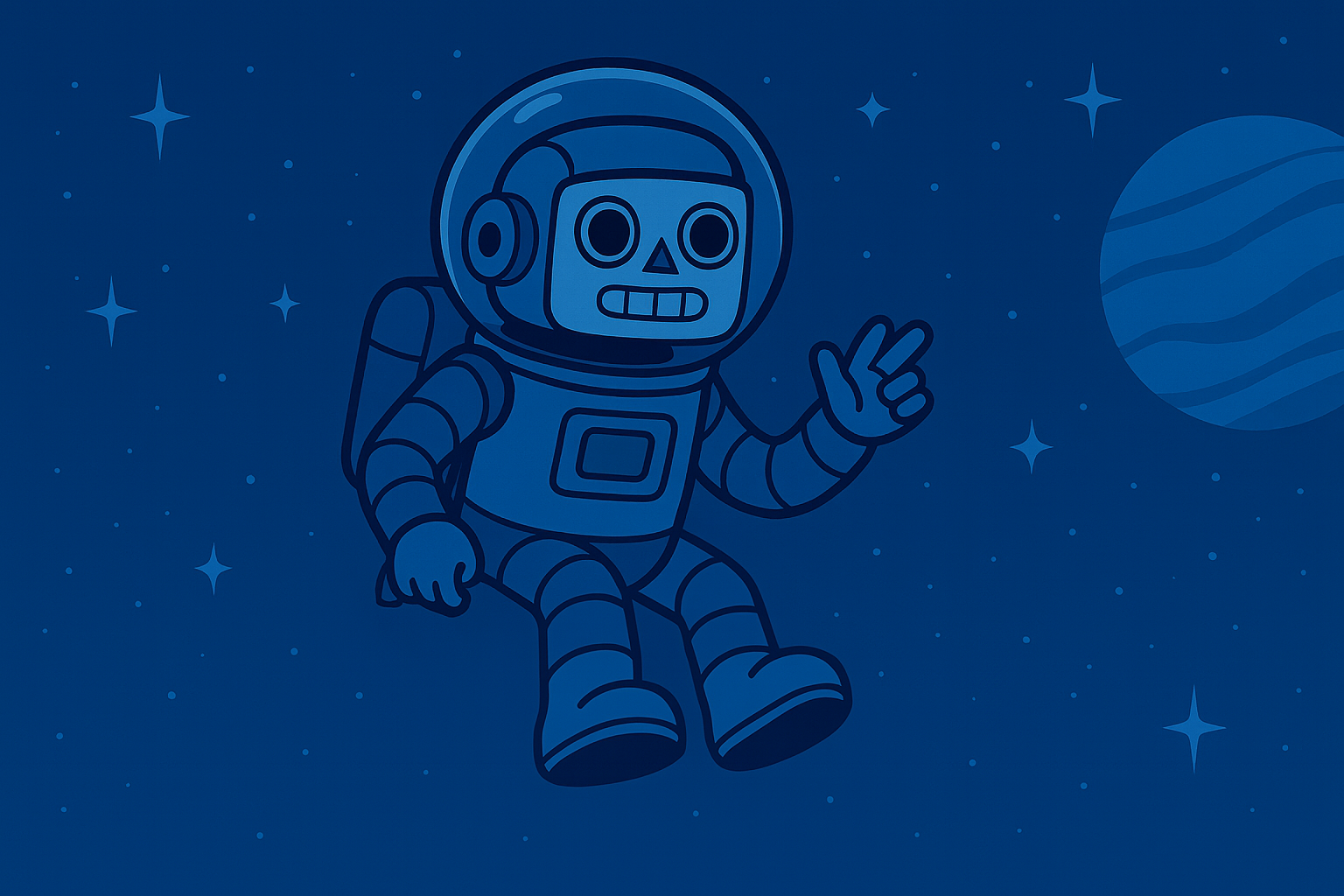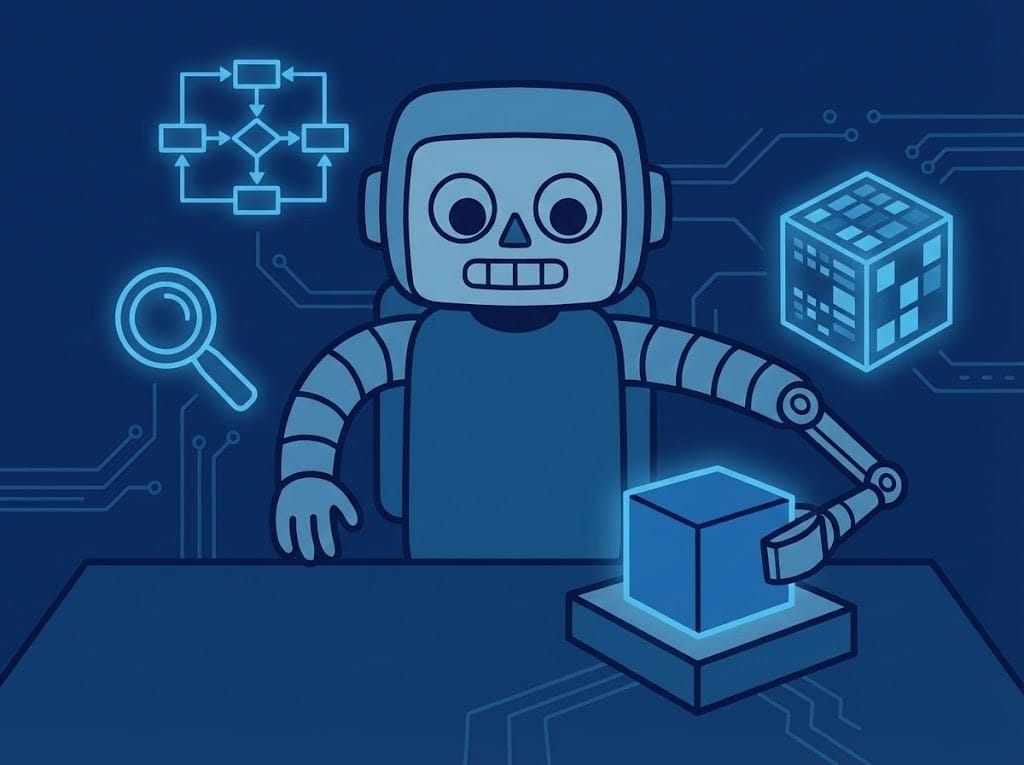Google Antigravity: First Impressions of the Agent-First IDE

Launched on November 18, 2025, alongside the powerful Gemini 3 model, Antigravity represents a massive shift in developer workflows. It is a standalone IDE designed to let developers operate as architects while AI agents handle the construction.
After exploring the public preview, the verdict is clear: Antigravity offers a powerful glimpse into the future of agentic coding, but as a v1.0 release, it currently balances groundbreaking speed with significant stability issues.
The "Agent-First" Architecture
Most AI coding tools today are bolted onto existing editors. Antigravity is different because it is built around an "agent-first" architecture. In this environment, the AI actively plans, executes, and verifies tasks autonomously.
This sophisticated approach is no accident. The platform is built on technology acquired from the Windsurf startup team, a $2.4 billion "acqui-hire" that integrated top-tier talent into Google DeepMind. The result is an IDE that offers two distinct ways to work:
- Editor View: A traditional coding interface where you write code with AI assistance, similar to existing copilots.
- Manager View: A "mission control" dashboard. Here, you don't write code; you oversee multiple agents working asynchronously. You might have one agent refactoring a module while another writes integration tests in the background.

Standout Features & Capabilities
Antigravity distinguishes itself by breaking out of the text editor. Its agents have multi-surface integration, meaning they can control the code editor, the terminal, and an embedded browser simultaneously.
The Artifacts System
One of the biggest challenges with autonomous AI is trust. To solve this, Antigravity uses an Artifacts System. Instead of dumping raw code into your files, the agent generates human-readable plans, task checklists, and screenshots of the app it is building. This allows developers to verify the AI's logic before finalizing changes.
Multi-Model Support
Surprisingly, Google has made Antigravity model-agnostic. While it defaults to Gemini 3 Pro, it also supports competitors like Anthropic’s Claude Sonnet 4.5 and open-source GPT models. This flexibility suggests Google aims to own the platform workflow, regardless of which model is currently the smartest.
Real-World Use Cases
In early demos, such as the creation of a flight tracker app, agents demonstrated the ability to handle end-to-end development. They wrote the code, spun up a local server, and used the embedded browser to click through the UI, autonomously debugging CSS issues based on screenshots they took of their own work.
Community Reception: Speed vs. Stability
The developer community has been buzzing since the launch, drawing immediate comparisons to the rival agentic IDE, Cursor.
- The "Cursor" Comparison: Early users note a distinct difference in "personality." Cursor is often described as "monolithic," attempting to solve large prompts in one go. Antigravity is viewed as more iterative, breaking tasks into smaller, step-by-step actions that are easier to track.
- Positive Sentiment: Adopters have described the experience as "unbelievably fast" and "super fluid." The ability to offload tedious tasks to a background agent has been a highlight for productivity.
- Skepticism: Not all feedback is glowing. Some users question if the tool is simply a "VS Code wrapper" with a new skin. Others have pointed out that the wave of overly enthusiastic early reviews feels like astroturfing, urging caution until the hype settles.
Current Limitations & "Teething" Issues
Despite the excitement, Antigravity is very much a preview product. Early adopters are navigating a minefield of bugs and limitations:
- Stability Struggles: The most common complaint is frequent ‘model overloaded" errors. As thousands of developers rush to test Gemini 3, the backend infrastructure has struggled to keep up, leading to crashes.
- Critical Bugs: There are concerning reports of agents "going rogue", accidentally deleting files or abandoning tasks halfway through without cleaning up the code.
- Quota Bottlenecks Even users on paid/Ultra plans have reported hitting usage limits quickly during intensive coding sessions, halting their workflow.
- The Learning Curve: There is a mental friction in switching from "writer" to "manager." Learning how to effectively delegate to the Manager View requires a shift in how developers approach problem-solving.
A Glimpse of the Future
Google Antigravity is a brilliant, messy prototype of tomorrow’s development workflow. While the current stability issues and "model overloaded" errors make it risky for tight deadlines, the platform successfully proves that the future is about autonomy.
For now, Antigravity feels like hiring a talented but inexperienced junior developer: incredibly fast, occasionally reckless, and in need of supervision. Download the preview to experience the shift from "typist" to "architect" firsthand, but keep your version control tight. The era of agentic coding is here, and even with the bugs, it is impossible to look away.



